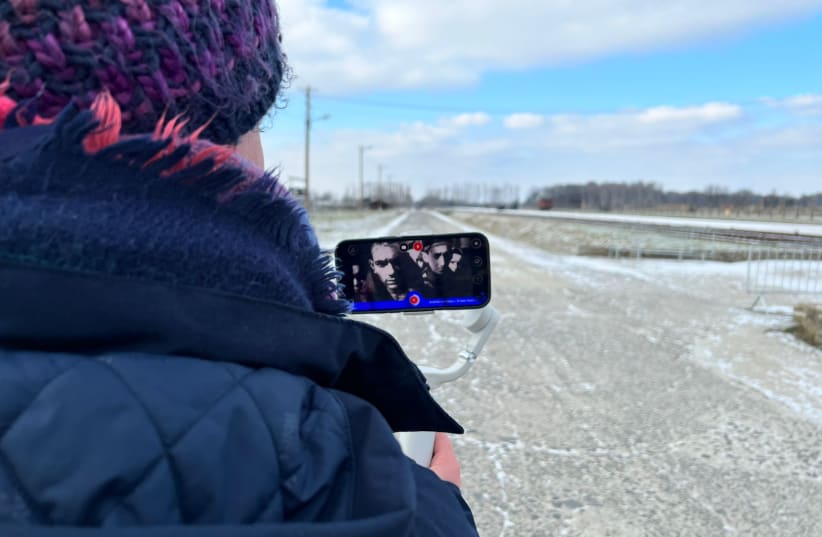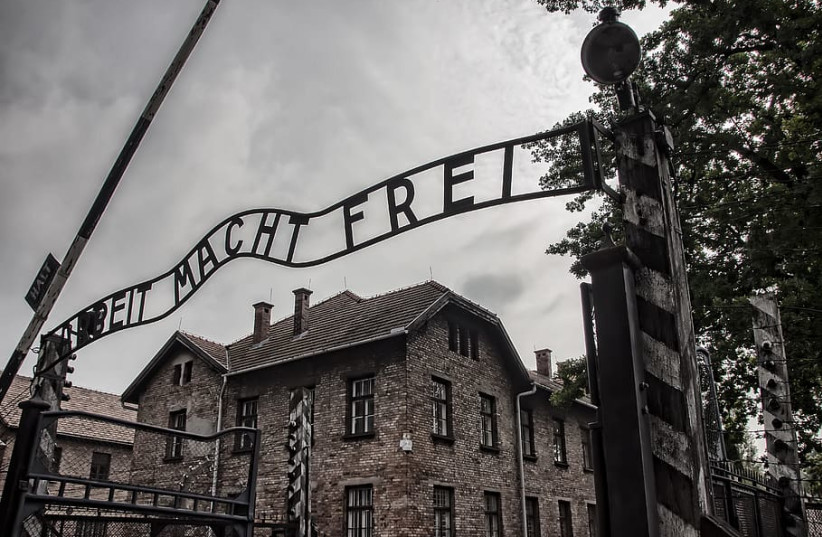Google has announced a $1 million grant to support the development of the "Auschwitz in Front of Your Eyes" project through its philanthropic arm, Google.org. The initiative aims to deepen awareness and knowledge about Auschwitz and the Holocaust, reaching additional audiences worldwide through a live-streamed virtual tour.
The project enables people unable to physically visit the camp, including those in remote locations, to engage with the history of Auschwitz. The virtual tour, conducted by a guide, includes survivor testimonies, multimedia materials, and interactive opportunities for participants to ask questions.
"The funding will help develop the technological platform and its accessibility, including real-time subtitles, AI-based translation into multiple languages, and the digitization of survivor testimonies," said Rowan Barnett, director of Google.org for Europe, the Middle East, and Africa.
"This support will also provide comprehensive training for guides and enhance the capacity to bring such visits to large communities worldwide, including partnerships with schools to educate more students about the Holocaust."
The online guided tour program, "Auschwitz in Front of Your Eyes," was recently launched by the Auschwitz-Birkenau Memorial and Museum. This innovative initiative provides a virtual visit to the former German Nazi concentration and extermination camp.
The two-hour tour is divided into two parts: Auschwitz I and Birkenau. Educators conduct the tours live, utilizing multimedia materials, archival photographs, artistic works, documents, and testimonies of survivors.
Tours offered a variety of languages
Group tours are available in seven languages: English, French, German, Hebrew, Italian, Polish, and Spanish. Individual tours are offered in English, German, and Polish. Bookings can be made through visit.auschwitz.org.
"This form of visit differs from on-site tours primarily because, in the online version, we do not present the museum exhibitions," said Tomasz Michaldo, project coordinator at the Museum. "Technology allows us to somewhat transfer the content of the exhibition to the historical site, as many things can be additionally shown on the screen.
During the online tour, it will be possible, thanks to video recordings, to enter several spaces that are either not accessible to visitors, such as Block 10 in the former Auschwitz I camp, or are located too far from the regular tour route, such as the Sauna building in the former Auschwitz II-Birkenau camp."
Dr. Piotr M. A. Cywiński, the director of the Auschwitz Museum, emphasized the importance of making the Memorial and its resources accessible globally to confront issues related to antisemitism, racial hatred, and societal threats.
"Our mission is to commemorate the victims and preserve this universal memory, on which we have built and continue to build our post-war identity. Although thousands of people visit the authentic site every day, this unique technology will enable us to reach people in the most remote corners of the world," he said. "We hope that this will strengthen the memory that actually gives us the power to act responsibly for the repair of the world, making it a better place for our children and grandchildren."
The online platform is a collaborative effort between the Museum, the Auschwitz-Birkenau Foundation, and companies such as AppsFlyer and DISKIN. Wojciech Soczewica, director general of the Auschwitz-Birkenau Foundation, noted the project's responsibility to preserve the authenticity of the historical site while making educational content accessible worldwide.
For more information and to book a tour, visit visit.auschwitz.org.


